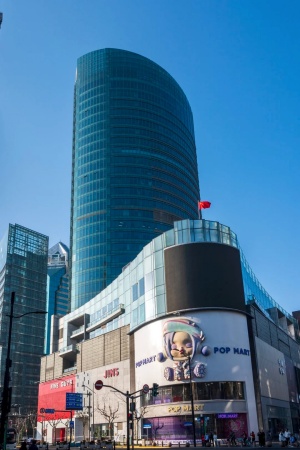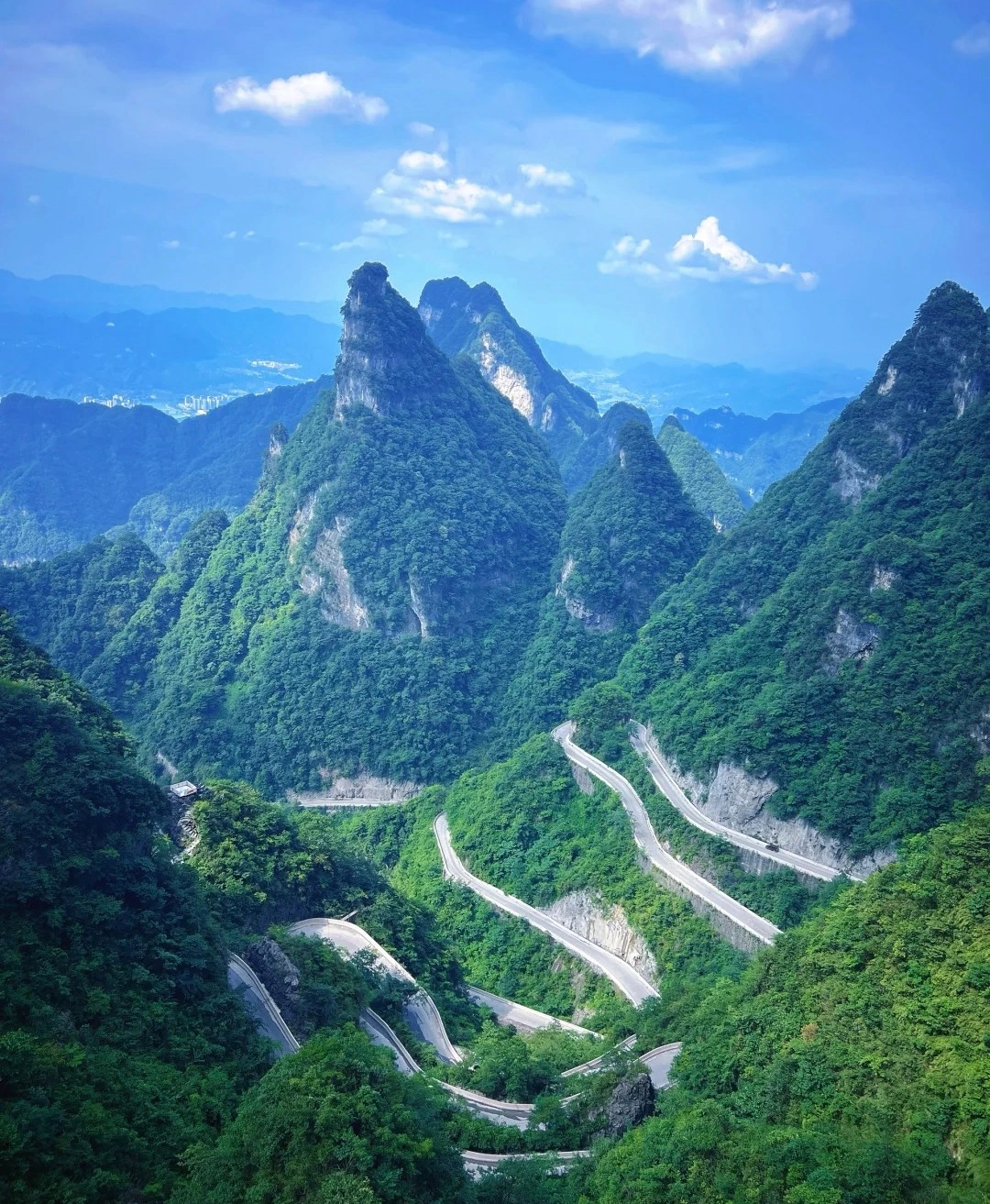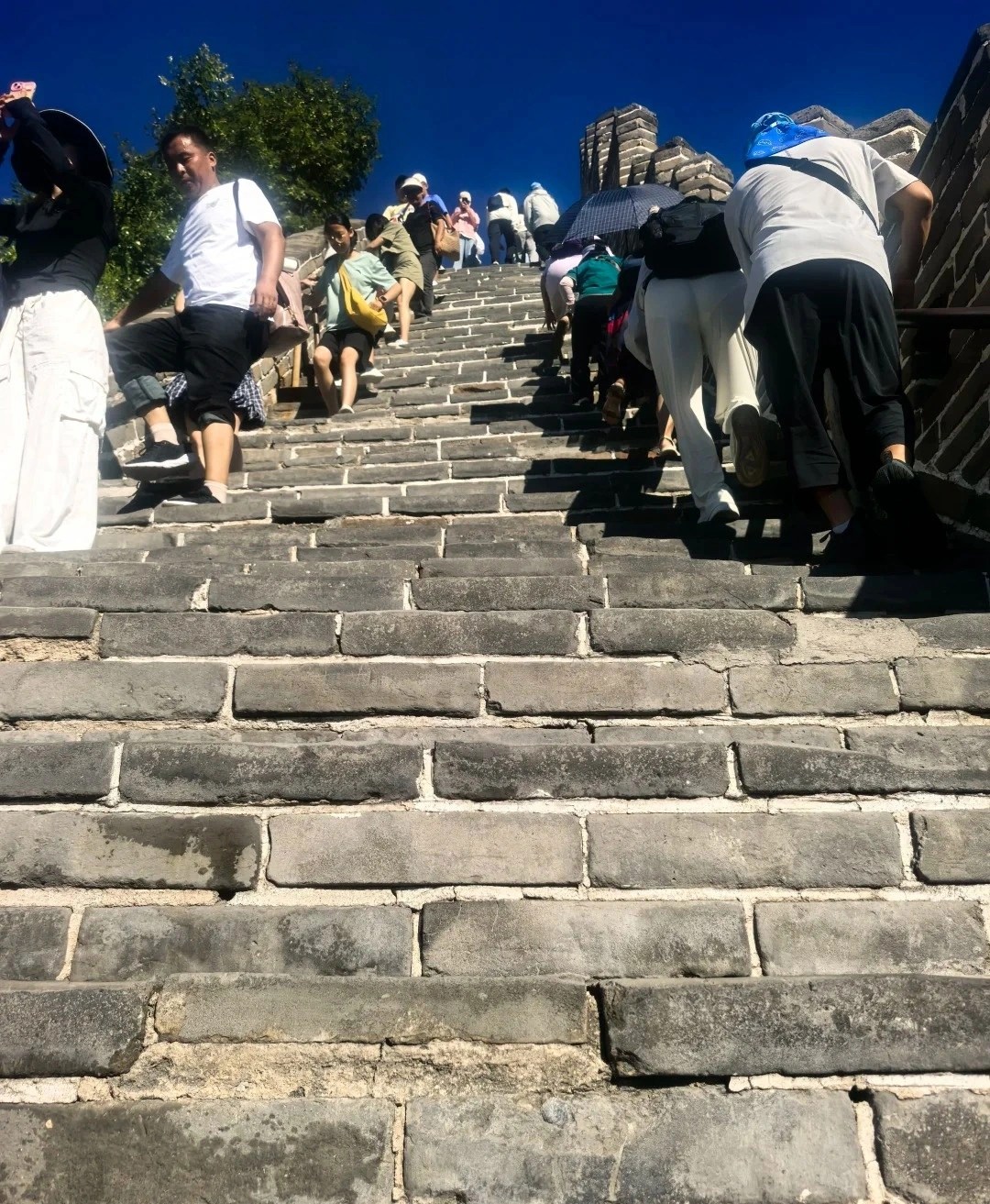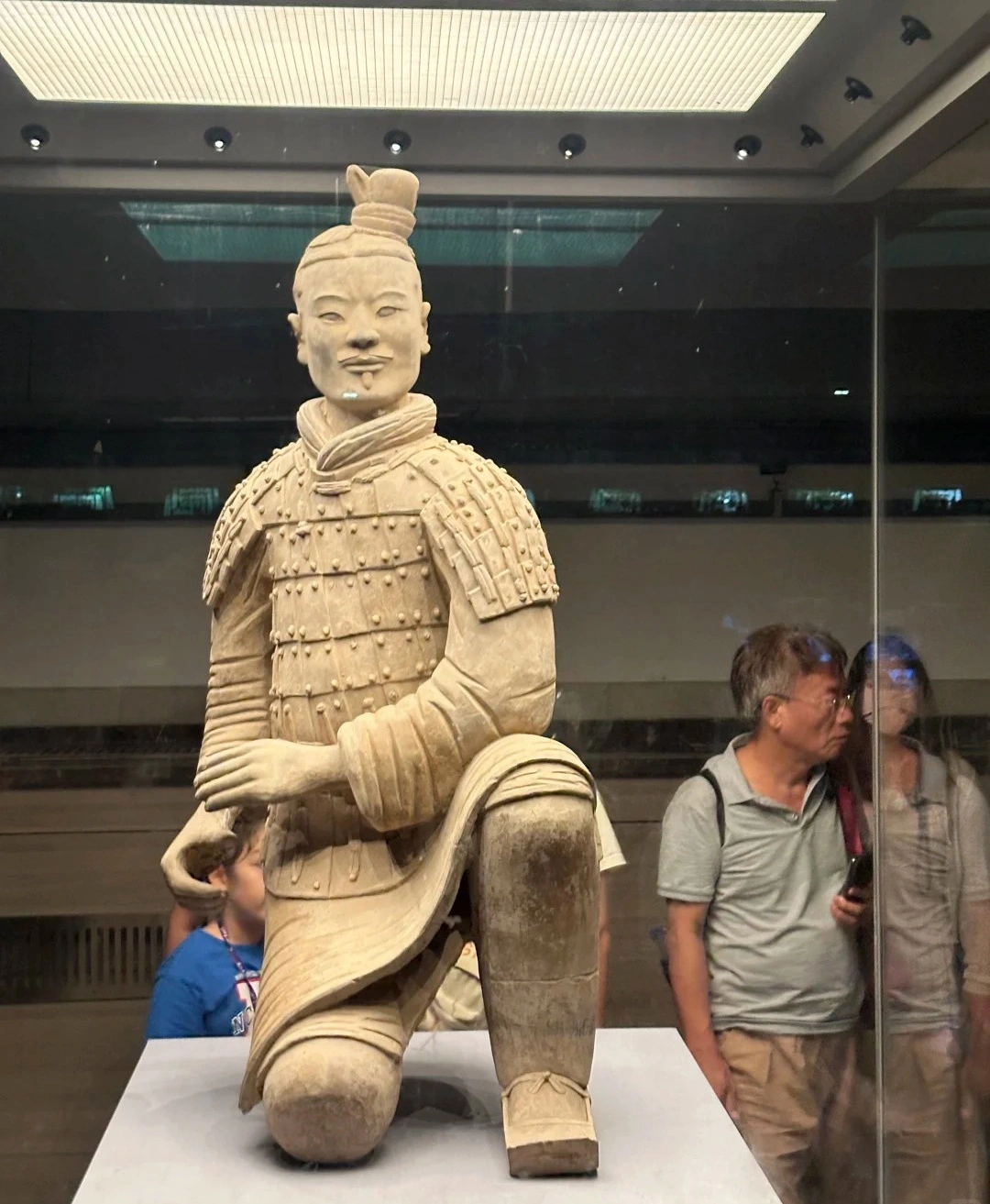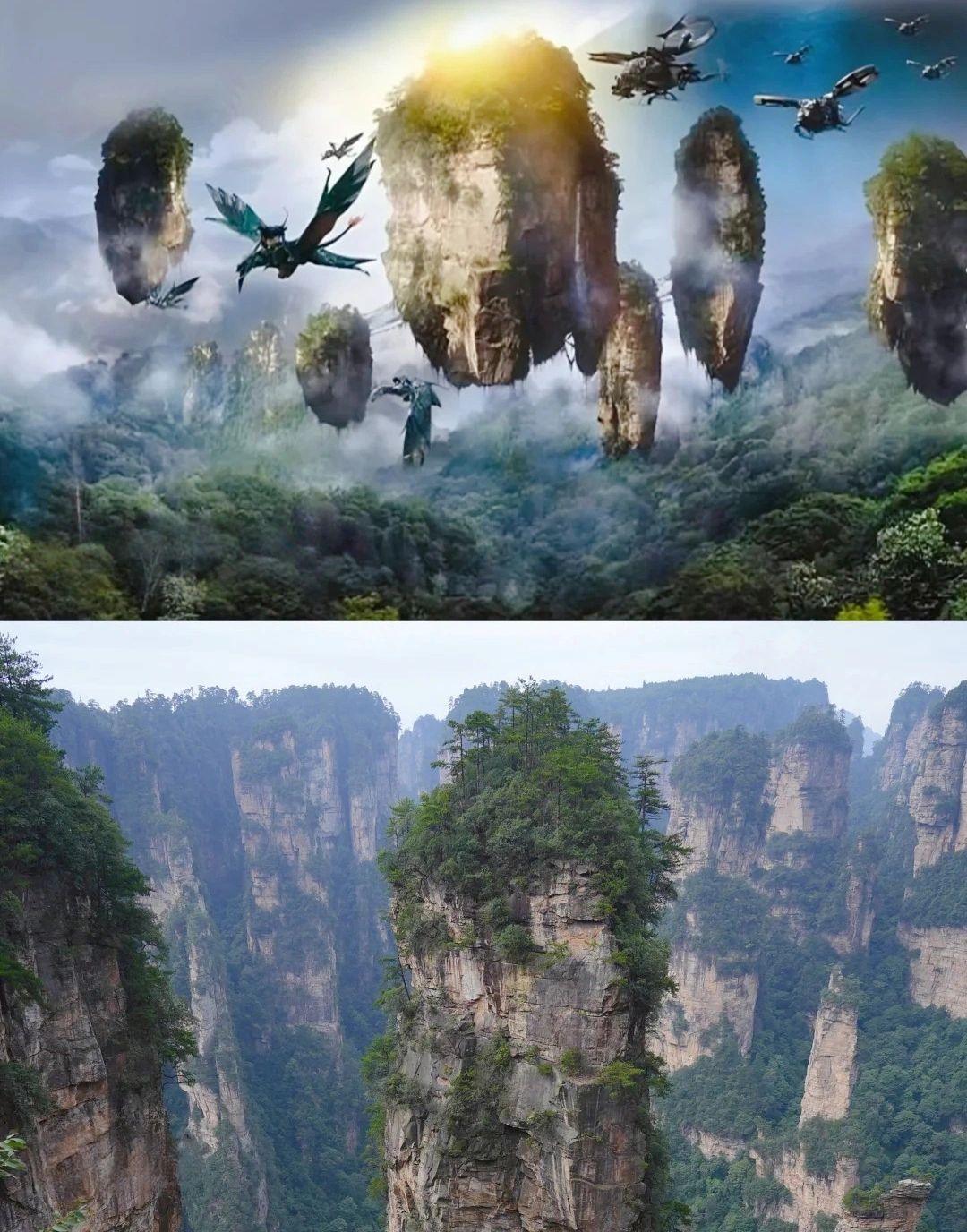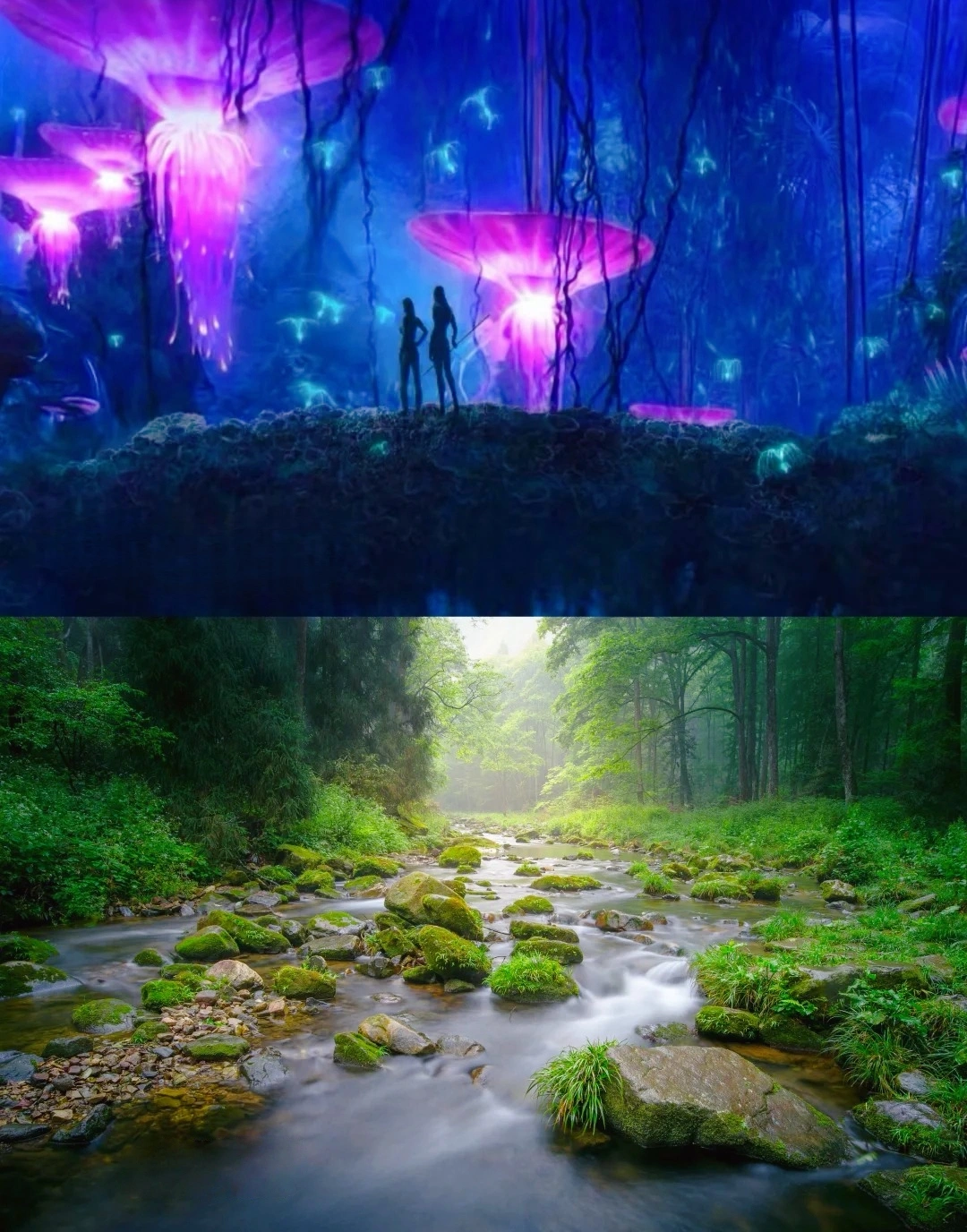Yanghu Wetland Park
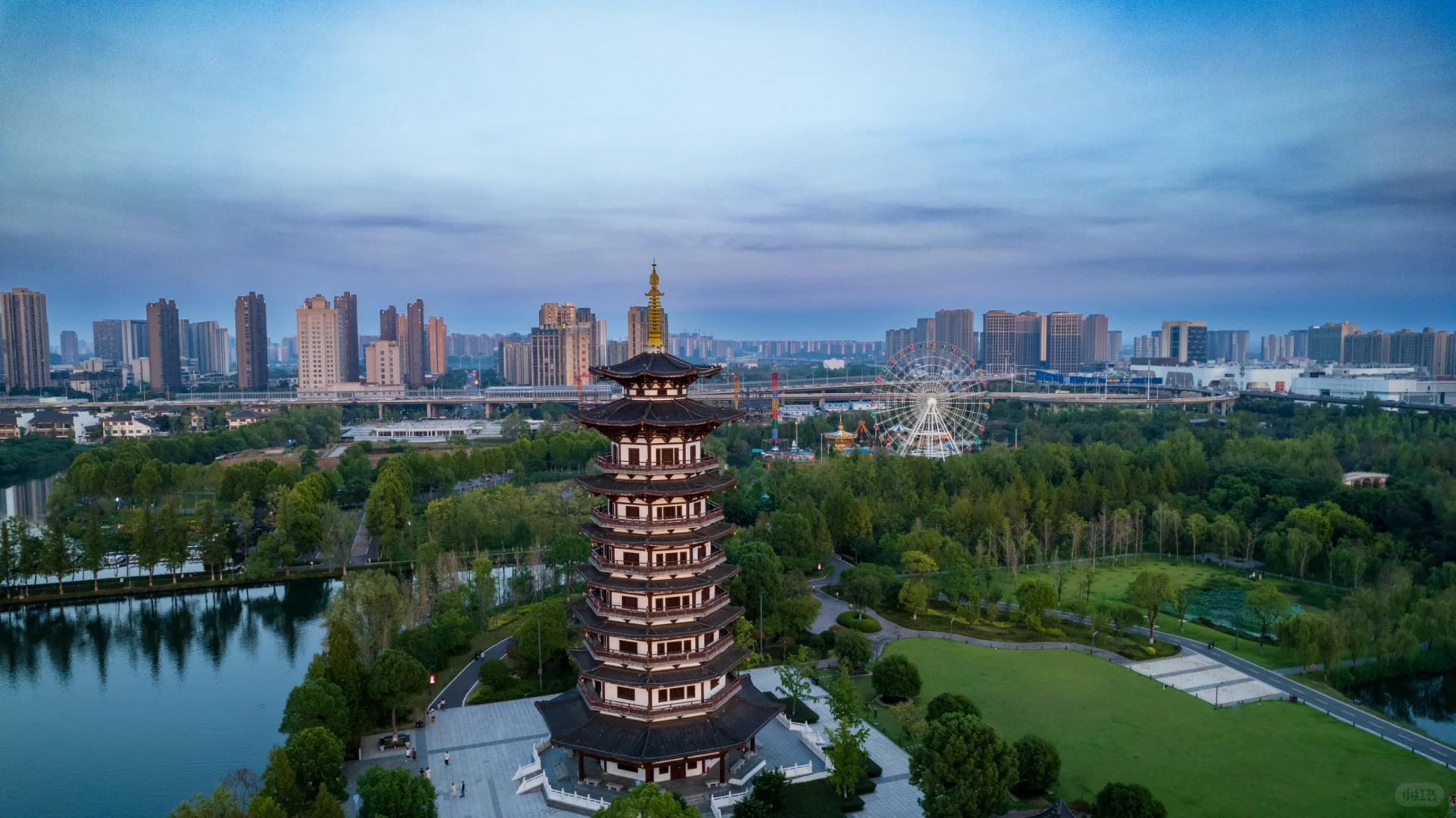
Historical Overview
Originally a natural floodplain of the Xiang River, Yanghu Wetland underwent centuries of human modification before becoming a protected area in the 21st century. Historical records trace its use to the Tang Dynasty (618–907 CE) as a fishing and farming hub. By the 2000s, rapid urbanization threatened its ecosystem, prompting a 2008 government initiative to restore wetlands and create a public park. In 2011, it earned national wetland park status, balancing conservation with sustainable tourism. Key milestones include the 2016 opening of the Wetland Museum and the 2022 launch of a smart monitoring system to track biodiversity.
Structural Layout
The park is divided into five zones:
- Ecological Conservation Zone: Protected wetlands with minimal human interference, home to rare birds and aquatic plants.
- Recreational Activity Zone: Features cycling paths, picnic areas, and children’s playgrounds.
- Cultural Experience Zone: Showcases Hunan’s wetland traditions through folk art performances and handicraft workshops.
- Wetland Display Zone: Includes interactive exhibits, a butterfly garden, and a 3D theater explaining ecosystem functions.
- Management Service Zone: Houses visitor centers, restaurants, and parking facilities.
Key landmarks include the 20-meter-high Yanghu Observation Tower and the 1.2-kilometer Lotus Flower Boardwalk.
Major Attractions
- Birdwatching Paradise: Over 200 species, including egrets, herons, and black storks. Best viewed from November to March during migration season.
- Lotus Pond: A 50-hectare area blooming with lotus flowers from June to August, ideal for photography.
- Wetland Museum: Interactive displays on wetland ecology, with a 4D theater simulating seasonal changes.
- Reed Marsh Trail: A 3-kilometer wooden path winding through tall reeds, popular for sunset views.
- Yanghu Lake Cruise: 40-minute boat tours offering panoramic views of the park’s waterways.
- Eco-Garden: A demonstration area for sustainable farming and traditional Chinese medicinal plants.
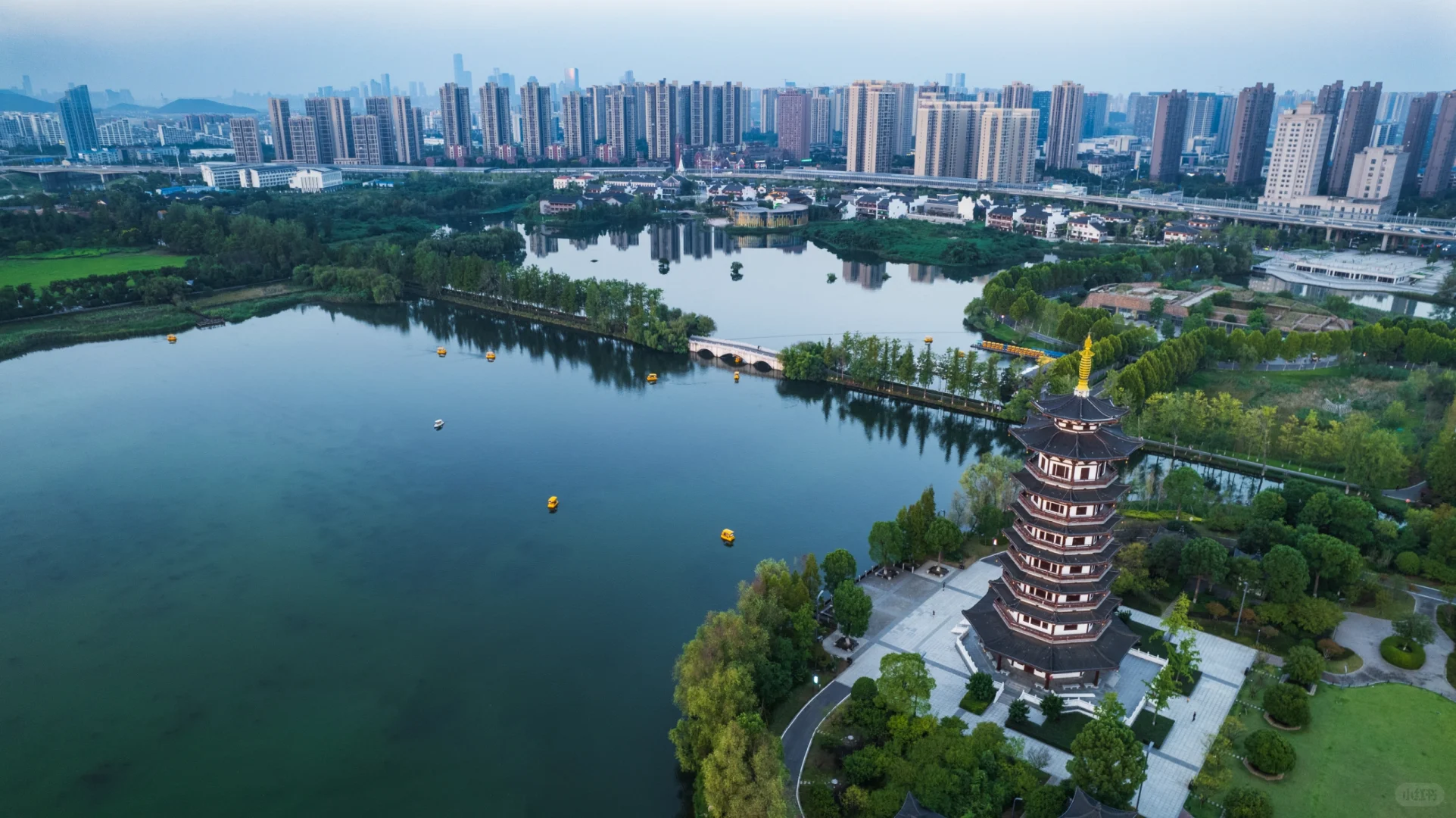
Suggested Itineraries
-
Half-Day Tour (3–4 hours):
Main Entrance → Wetland Museum → Reed Marsh Trail → Birdwatching Tower → Lotus Pond → Exit
Highlights: Museum exhibits, birdwatching, and scenic walks. -
Full-Day Tour (6–7 hours):
Main Entrance → Eco-Garden → Yanghu Lake Cruise → Cultural Experience Zone → Wetland Display Zone → Lotus Pond → Sunset at Observation Tower → Exit
Highlights: Cultural activities, boat rides, and sunset views. -
Family-Friendly Route (4–5 hours):
Main Entrance → Children’s Playground → Butterfly Garden → Picnic Area → Reed Marsh Trail → Wetland Museum → Exit
Highlights: Kid-friendly attractions and interactive learning.
Ticket Purchase
- Online: Book via the official WeChat account “Yanghu Wetland Park” (up to 3 days in advance).
- On-Site: Tickets available at the main entrance (limited during peak seasons).
- Prices:
- Adults: ¥80 (peak season, April–October), ¥60 (off-season, November–March).
- Students/Seniors: ¥40 (peak), ¥30 (off-season).
- Free: Children under 1.2m, disabled visitors, and active military personnel.
Transportation
- By Subway:
Line 3 to Yanghu West Station (Exit B), then a 10-minute taxi ride. - By Bus:
Routes 26, 318, or 938 to “Yanghu Wetland Park” stop. - By Taxi: Direct to the main entrance (approximately 30 minutes from downtown Changsha).
- Parking: Free parking available near the visitor center (limited spaces; arrive early on weekends).
Best Time & Tips
- Peak Hours: Avoid 10 AM–2 PM; visit early (8:30 AM opening) or late (after 4 PM).
- Crowds: Weekends and holidays are busiest; weekdays offer a quieter experience.
- Weather: spring (March–May) and autumn (September–November) are ideal for outdoor activities.
- Essentials:
- Wear waterproof shoes (some trails may be muddy).
- Bring binoculars for birdwatching.
- Apply sunscreen and insect repellent.
- Photography allowed (no drones without prior permission).
- Prohibited items: Pets, bicycles, and fishing gear.
Contact Us
Cosa dicono i nostri clienti?
Basato su più di 10.000 recensioni di viaggiatori
